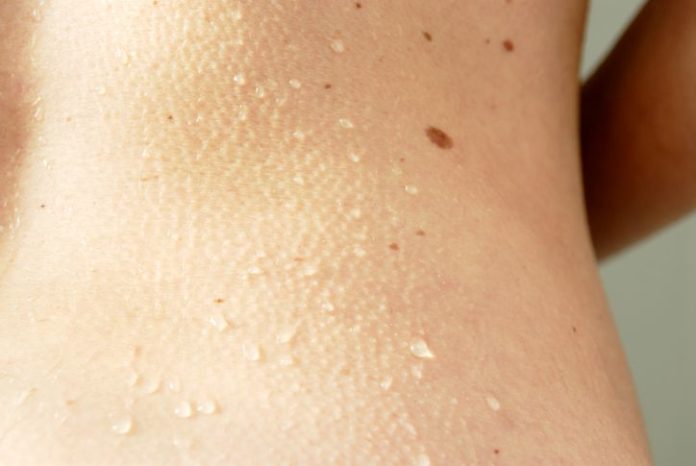RMIT University researchers have designed a peptide that imitates a melanoma-killing virus, in a biomedical engineering advance that could lead to the development of a cream to target and treat Australia’s “national cancer”.
The RMIT team has successfully synthesised a peptide that mimics the activity of a virus protein, with laboratory tests showing the peptide kills melanoma cells while leaving normal human skin cells unharmed.
Lead investigator Dr Taghrid Istivan said peptide therapy had the potential to lead to new, non-invasive treatments for melanoma, which is responsible for 75 per cent of skin cancer deaths in Australia.
“Australia has the highest incidence of melanoma in the world, with more than 11,000 new diagnoses each year,” Dr Istivan said.
“Currently the only effective treatment for early stage melanoma is surgery to cut out the tumour and healthy skin surrounding the affected mole.
“The peptide we have developed is toxic to melanoma cells but leaves normal skin cells unaffected.
“With further work, including clinical trials, we hope our research could lead to the development of a cream to painlessly and efficiently treat early stage melanoma.”
Dr Istivan and her colleagues in RMIT’s Health Innovations Research Institute and the School of Applied Sciences tested the efficacy of a peptide – a short chain of amino acids – that was designed to work like the proteins of the myxoma virus, a cancer-killing virus shown to be toxic to melanoma in previous studies.
“A virus protein is big, expensive to synthesise and has inherent risks when used in medical treatments, because all viruses can mutate,” she said.
“By synthesising a small peptide that mimics the action of a protein, we can offer a stable, safe, targeted and cost-effective alternative.”
The researchers used a novel bioengineering method developed at RMIT by Professor Irena Cosic and Dr Elena Pirogova, from the School of Electrical and Computer Engineering, to design the peptide. The peptide was synthesised as a powder, liquefied and tested in vitro on normal human cells and melanoma cells.
Source: RMIT










